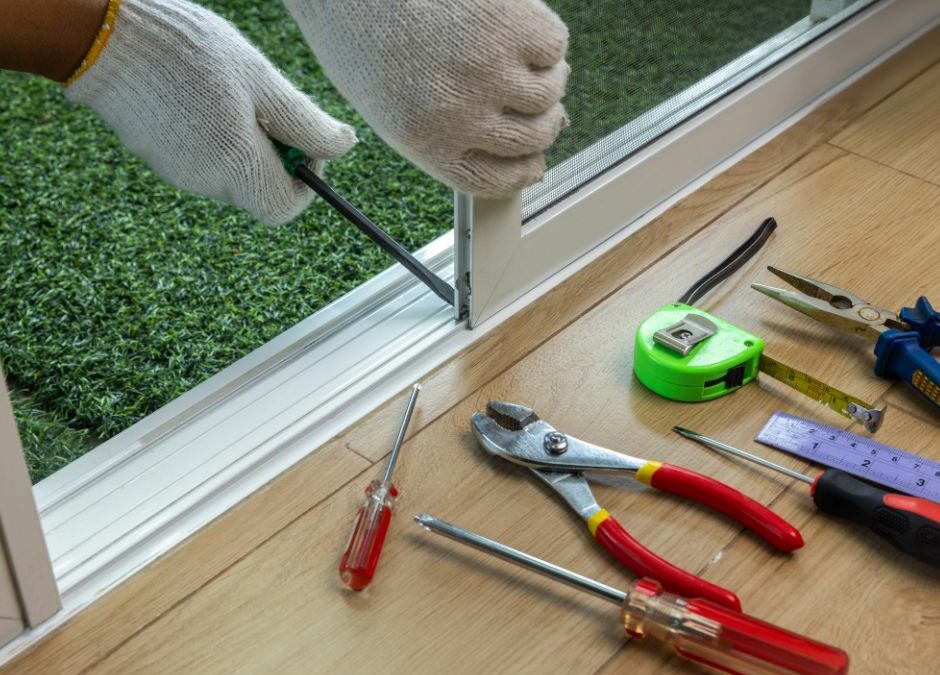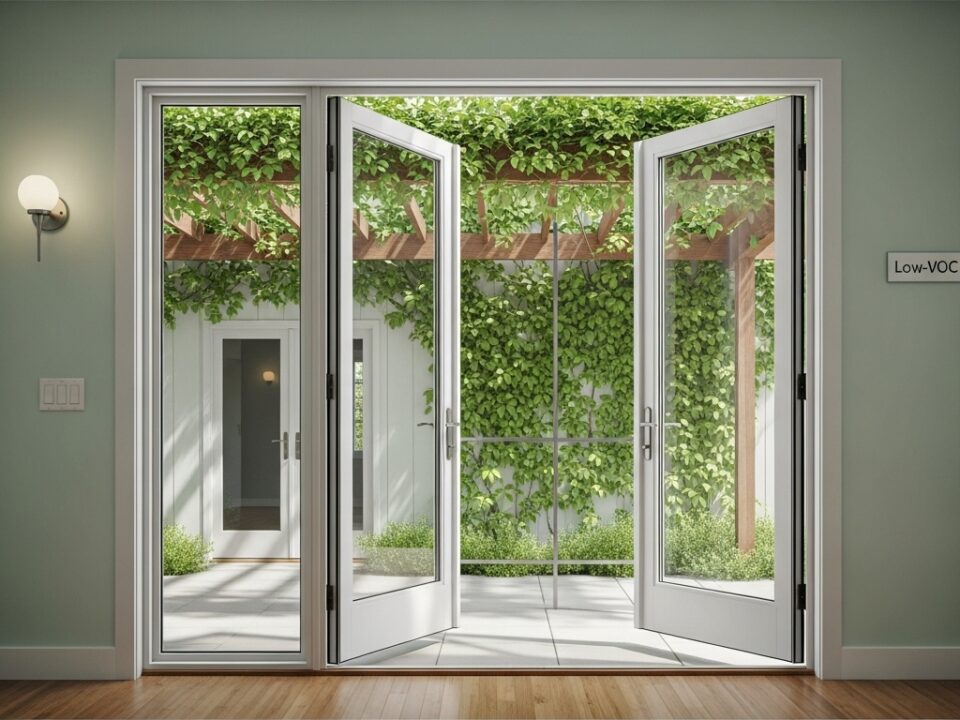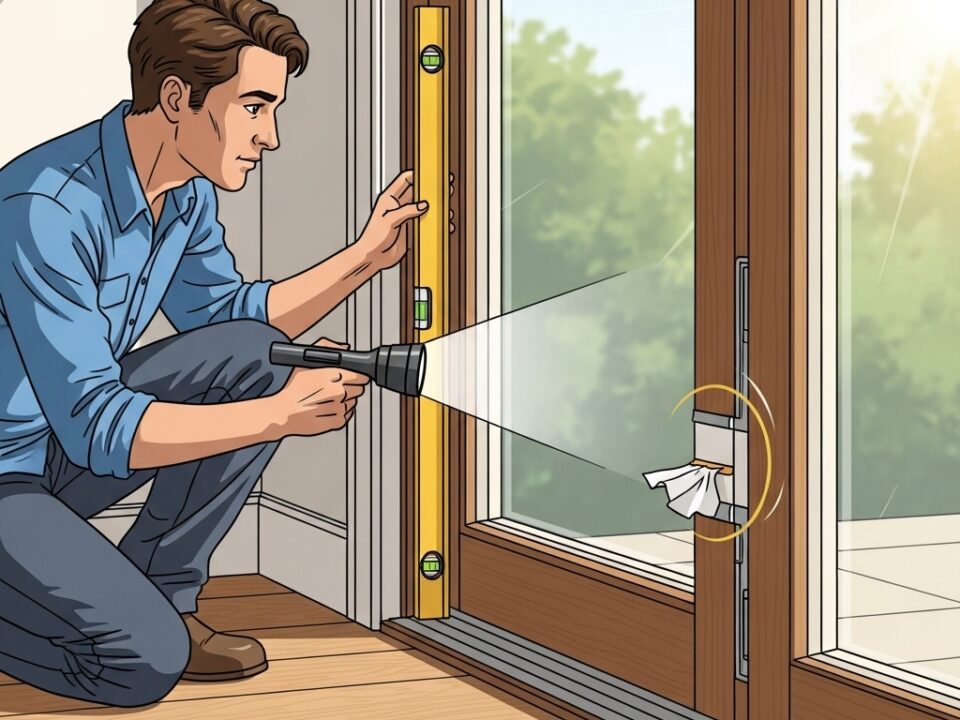Patio Doors Common Issues and Fixes in Woodland Hills, California

Patio Doors Benefits for Energy Savings in Woodland Hills, California
November 18, 2025
Patio Doors Inspection Essentials in Woodland Hills, California
November 18, 2025What Woodland Hills Homes Ask of Their Patio Doors
In Woodland Hills, our homes lean on patio doors more than most places. They’re the gateway to nightly barbecues, the shortcut to the pool on triple-digit days, and the path for evening breezes when the air finally cools. That heavy use, combined with intense sun, low humidity, and the occasional burst of wind-driven dust, leads to a predictable set of issues. The good news is that most can be solved—or prevented—with the right attention. As someone who’s seen sliders and French doors in every condition from like-new to stubbornly stuck, I can tell you that a little knowledge goes a long way toward restoring smooth movement, tight seals, and reliable weather protection.
Before we dive into common problems, it helps to appreciate how far door technology has come. Modern frames, interlocks, and coatings outperform the doors of a decade or two ago. If you’ve already tried cleaning and adjusting but your door still resists, upgrading can be the simpler path. When you do decide it’s time, comparing today’s range of patio door options helps you see what’s possible in terms of energy and ease of use.
Sticking, Dragging, and Noisy Rollers
Nothing sours the mood like a slider that grinds on the track. In our area, fine grit packs into the lower rail and flattens roller surfaces over time. Start with a deep clean: vacuum, wipe with a damp cloth, and inspect the track for dents. If the door still drags, adjust the roller height so the panel sits square in the frame. Worn rollers are inexpensive and transformative; swapping them can make a door feel new. For French doors, squeaks and resistance often come from dry hinges or slightly shifted framing. A careful hinge adjustment and a dab of silicone-safe lubricant at the hinge pin usually do the trick.
Listen for a rattle when wind gusts hit the glass. That can be a clue that the interlock between sliding panels is out of alignment or that the weatherstripping has hardened. Realigning the panels and refreshing the seals not only quiets the door but improves energy performance and keeps dust outside where it belongs.
Air Leaks and Dust Intrusion
Our Santa Ana winds test every seal. If you feel a faint draft at the perimeter or see dust trails along the sill, the door likely needs attention. Check for gaps where light shines through around the frame at night. On sliders, the vertical meeting rail and the latch side are prime suspects; on French doors, the astragal and threshold usually tell the story. Replacing aged weatherstripping and confirming the panel is plumb and square typically solves the problem. In some cases, the exterior sealant at the frame perimeter has cracked; a careful removal and re-caulking restores the air barrier.
One more tip: ensure your home’s HVAC balance isn’t pressurizing the interior excessively when the system runs. In rare cases, unbalanced supply and return can encourage infiltration through the easiest path—often a big glass opening. A quick conversation with a technician can verify this if drafts persist despite a sound door.
Water at the Sill During Rains
Woodland Hills doesn’t see rain often, but when it comes, it can arrive as a sudden, wind-driven burst. Sliding doors are designed to manage incidental water with weep channels. If those passages clog with dirt or pet hair, water lingers and can find its way inside. The fix is simple: clear the weeps with a soft brush or compressed air, and check that exterior paving slopes away from the house. For hinged doors, inspect the threshold gasket and the sweep; if either has shrunk or cracked, replace them to maintain a tight line of defense.
If water shows up between the panes, that points to a failed insulated glass seal rather than a leak around the frame. It’s a different repair—replacement of the glass unit—and it’s worth doing to restore clarity and thermal performance.
Glass Cracks, Fogging, and Sun Stress
Intense afternoon sun on west-facing glass can lead to thermal stress, especially if part of the pane is shaded by blinds or furniture while the rest bakes. Sudden cooling, like a cold hose spray, can add to the stress. Small edge cracks may grow slowly and compromise safety over time. When you see damage, get the panel assessed; tempered and laminated glass behave differently when stressed. Fogging between panes signals a failed seal and a loss of insulating value. In many modern frames, the insulated glass unit can be replaced without changing the entire door, which restores performance and appearance.
As a preventive step, consider exterior shading like pergolas or deep overhangs. They reduce peak temperatures on the glass, cut glare, and make the outdoor living area more comfortable. Interior shades help too, but exterior structures are more effective at intercepting heat before it reaches the glass.
Hardware Fatigue and Security Concerns
Handles, latches, and auxiliary bolts wear down with heavy use. If the latch doesn’t engage cleanly, the problem might be alignment rather than the latch itself. Adjust the strike plate and confirm the panel isn’t sagging. For sliders, foot bolts at the bottom rail add a reassuring layer of security and can tighten up the feel of a slightly loose panel. If your door predates modern multi-point locks, you’ll notice a big jump in sealing pressure and security when you upgrade hardware or the entire unit.
Don’t overlook screws backing out in wood framing as temperatures fluctuate. A periodic tightening prevents wobbly handles and loose strikes. If a screw hole has stripped, wood repair epoxy or an insert restores bite without replacing the whole section.
Frame Movement and Thermal Expansion
On scorching afternoons, frames and panels expand. Quality doors account for this, but older installations or marginally plumb openings can bind when things heat up. If a door behaves differently depending on time of day, that’s a clue. Adjusting rollers on a slider or hinge positions on a French door often evens out reveals and returns smooth operation. In some cases, shimming or resetting the frame is the lasting fix, particularly when there has been minor settling at the threshold or sill.
Noise and Privacy
Close proximity to busy streets or lively backyards can make noise control a priority. Laminated glass significantly reduces high-frequency noise without a big thermal penalty. Paired with fresh weatherstripping, it turns a living room into a more private, peaceful space. If you’ve already replaced weather seals and still find the room too loud, a glazing upgrade focused on acoustics makes a marked difference.
Knowing When It’s Time to Replace
There’s a tipping point where fixes become frequent and the core design limits comfort. If you’ve replaced rollers, adjusted panels, renewed seals, and still fight heat gain, glare, or dust, a new door with better glass and frame technology may be the practical solution. Modern low-E coatings, improved interlocks, and robust frames change everyday living in tangible ways. When you’re ready to compare, today’s selection of contemporary patio doors will help you map features to your home’s orientation and lifestyle.
DIY or Call a Pro?
Homeowners with a steady hand can tackle cleaning, lubrication, weatherstrip replacement, and basic roller swaps. Glass replacement, frame re-setting, and complex leak diagnostics are best left to pros with the right tools and sealants. Remember that even small missteps—like over-foaming an opening or using incompatible sealants—can create bigger problems down the line. A quick consultation can save time and preserve performance.
FAQ
Q: Why does my slider get hard to move in the afternoon but glides at night?
A: Heat expansion can tighten clearances. Adjusting the rollers and ensuring the panel sits square usually normalizes operation across the day.
Q: How can I stop dust from sneaking in during Santa Ana winds?
A: Refresh perimeter weatherstripping, realign the interlock, and confirm the exterior sealant is intact. Keeping weep holes clear also prevents dust-laden air from finding easy paths inside.
Q: Water appears inside the track during rain. Is that normal?
A: Some water in the track is expected; it should drain quickly through the weeps. If it lingers, clean the weeps and verify exterior grading. Persistent pooling warrants a closer look at threshold details.
Q: Are aftermarket window films safe for my patio door glass?
A: Some films can trap heat and stress insulated glass. Always verify compatibility with your glass manufacturer before applying any film.
Q: What’s the most impactful upgrade for an older door?
A: A modern insulated glass unit with a selective low-E coating, paired with fresh weatherstripping and roller hardware, delivers a dramatic improvement in comfort and operation.
Get Your Door Back to Gliding
If your patio door has become a daily frustration, there’s no need to live with it. A few targeted fixes can restore ease and efficiency, and when replacement makes sense, today’s products deliver a step-change in comfort. Take a moment to explore high-performing patio doors and imagine how much better your home can feel by the next heat wave.




